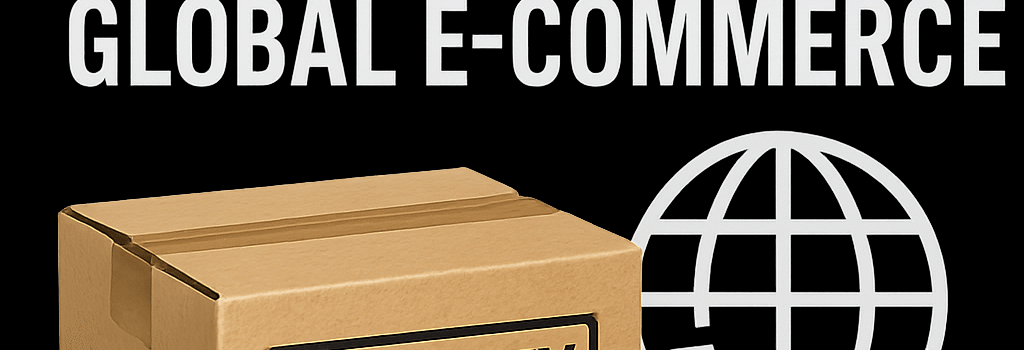Impact of Ending the De Minimis Loophole on Global E-Commerce

On July 31, 2025, President Donald Trump announced he will suspend the duty-free de minimis treatment for all low-value imports under $800, effective August 29, 2025. This sweeping policy change closes a major trade loophole and imposes new fixed tariffs of $80–$200 per item on direct-to-consumer shipments until bilateral deals are renegotiated and ratified.
Background on the De Minimis Exemption
The de minimis exemption allows small parcels—worth up to $800 per shipment—to clear U.S. Customs and Border Protection (CBP) without duties or formal entry. Originating from post-WTO harmonization of tariff schedules, it was intended to reduce paperwork and facilitate trade flows. In 2020–24, annual de minimis volume soared from 115 million to 309 million parcels, according to a White House fact sheet.
- Threshold: $800 U.S. retail value per shipment
- Annual volume 2024: 115 million parcels
- Annual volume 2025: 309 million parcels
- Major sources: China (≈50%), EU, Southeast Asia
Economic Impact Analysis
Independent economists estimate the policy will raise consumer costs by $10.9 billion–$13 billion annually, disproportionately affecting lower-income and minority households. A US International Trade Commission (USITC) model forecasts:
- Average price increase of 12–18% on small-ticket goods
- Elasticity-driven drop of 5–8% in import volumes
- Regressive welfare loss concentrated in the 20th–40th income percentile
“Eliminating de minimis flips trade policy from pro-poor to pro-rich,” says Dr. Linh Tran, senior economist at Global Trade Analytics.
E-Commerce Giants’ Responses
China-based platforms Temu and Shein have already raised prices by an average of 23% on low-priced items. Amazon, whose third-party sellers are ~50% China-based, quietly pivoted its Haul marketplace into a broader discount platform stocking Adidas, Gap and niche DTC brands.
- DataWeave (June 2025): U.S. prices on China-made items rose 15% YoY vs. 3% CPI inflation.
- Reuters (July 2025): Shein’s markup on <$20 clothing peaked at +30%.
- Morgan Stanley: Amazon could recapture margin lost by Temu/Shein share contraction.
Technical Adaptations in Supply Chain Logistics
To mitigate tariff shocks, importers and 3PLs (third-party logistics providers) are investing in:
- Forward-stocking hubs in Mexico and Canada to remain within NAFTA/USMCA rules.
- RFID and IoT sensor networks for real-time parcel tracking and dynamic route optimization.
- Warehouse management systems (WMS) integrating APIs from CBP for automated entry filing under new HTS codes.
Blockchain and AI for Customs Compliance
CBP is piloting AI/ML models to flag high-risk shipments by analyzing metadata such as HS (Harmonized System) codes, declared values and seller reputations. Meanwhile, TradeLens (IBM/Maersk) and other blockchain consortia enable immutable trade ledgers that accelerate:
- Automated duty calculation via smart contracts when a parcel crosses international borders
- Digital Certificate of Origin issuance
- End-to-end provenance tracking to reduce illicit goods and synthetic opioid smuggling
“AI-driven cargo screening can cut manual inspections by 40%, speeding releases and improving tariff compliance,” notes Maria Gómez, CustomsTech lead at Accenture.
Long-Term Trade Negotiations and Tariff Harmonization
Trump has pledged to permanently end the de minimis exemption by July 1, 2027, contingent on fresh trade deals. So far, accords with the EU (Digital Trade chapter), Japan (e-commerce parity rules) and South Korea (expanded duty-drawback provisions) have been signed:
- EU: Harmonized digital services tariffs and customs data exchange (effective Jan 2026)
- Japan: Added GSP modernization and low-value import protocols (effective Apr 2026)
- South Korea: Renewed USMCA annex on low-value shipments (effective Jul 2026)
Remaining partners include ASEAN, UK and Canada, with negotiations slated to conclude by mid-2027.
Outlook and Consumer Strategies
As retailers and logistics providers adapt, consumers may consider:
- Consolidating orders to offset per-item tariffs
- Using freight forwarders located in tariff-favorable jurisdictions
- Opting for domestic fulfillment through Amazon FBA or Walmart Marketplace
Longer term, brands will have to redefine value beyond ultra-low pricing—leveraging loyalty programs, subscription models and augmented reality try-ons to justify premium margins.
Categories: Tech News, Cybersecurity